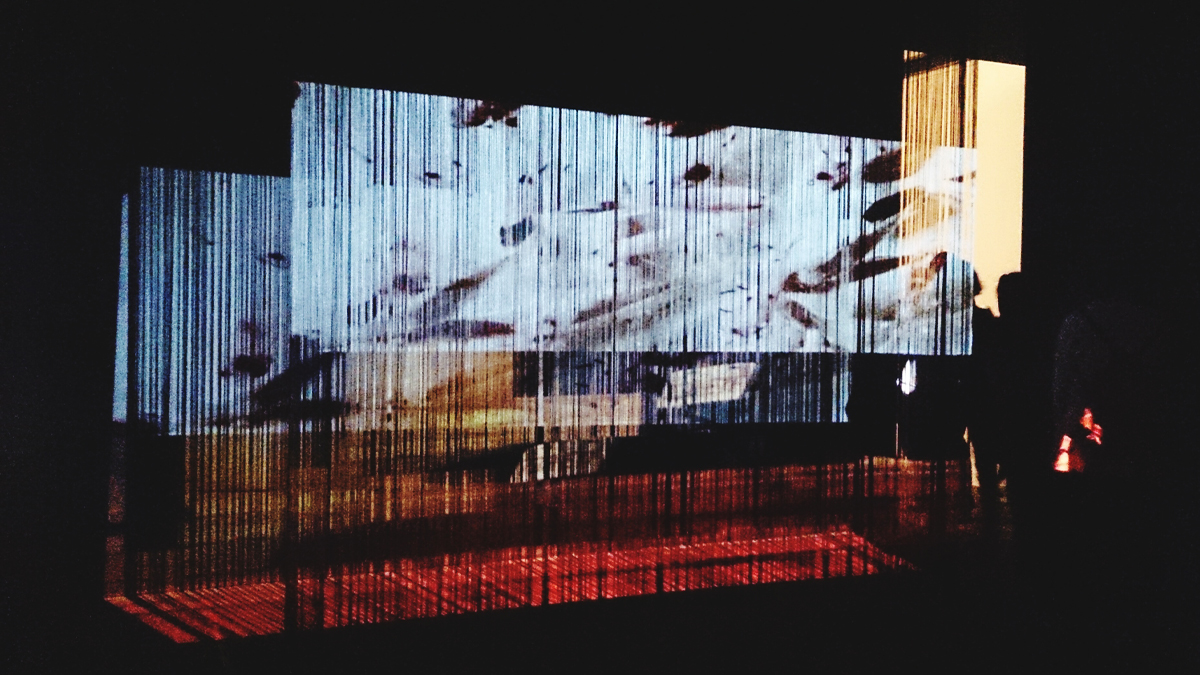Real-time rendering, the process of generating high-fidelity imagery on the fly has become a cornerstone of virtual production workflows. By harnessing powerful GPUs, advanced algorithms, and collaborative tools, directors and production teams can visualize scenes instantly, iterate faster, and make creative decisions on set. This article explores key technologies that drive real-time rendering in modern cinema, detailing how they enhance storytelling, streamline pipelines, and empower teams to create immersive worlds with unprecedented speed and flexibility.
| Table of Contents | |
|---|---|
| I. | GPU-Accelerated Ray Tracing & Hybrid Rendering Pipelines |
| II. | Real-Time Global Illumination & Dynamic Lighting |
| III. | Physically Based Rendering (PBR) Workflows |
| IV. | AI-Driven Denoising & Upscaling Techniques |
| V. | Procedural Environment & Asset Generation |
| VI. | Live Motion-Capture & Facial Performance Integration |
| VII. | Virtual Camera Systems & In-Camera VFX |
| VIII. | Collaborative Multi-User Virtual Production Workspaces |
| IX. | Cloud-Native & Edge-Distributed Rendering Architectures |
| X. | On-Set Real-Time Compositing & Color Grading |
| XI. | Volumetric Effects & Real-Time Fluid/Particle Simulations |
GPU-Accelerated Ray Tracing & Hybrid Rendering Pipelines
High-end GPUs have transformed ray tracing from an offline luxury into a real-time possibility. Techniques like NVIDIA’s RTX series accelerate complex light calculations, allowing accurate reflections, shadows, and global illumination at interactive speeds. To maintain performance, hybrid pipelines combine traditional rasterization for primary rendering passes with on-the-fly ray tracing for detailed effects. This balance delivers cinematic visuals without sacrificing frame rates, enabling filmmakers to preview photorealistic scenes live on set and adjust lighting or camera angles with instant feedback.
Real-Time Global Illumination & Dynamic Lighting
Real-time global illumination (GI) simulates how light bounces and interacts in a scene, producing natural, immersive visuals. By using techniques like voxel cone tracing or light probes, virtual production systems update indirect lighting dynamically as objects or lights move. This lets filmmakers see accurate color bleeding and ambient light changes instantly. Coupled with dynamic lighting controls, directors can tweak intensity, color, and direction on the fly, ensuring mood and atmosphere reflect the narrative in real time, enhancing storytelling coherence.
Physically Based Rendering (PBR) Workflows
Physically based rendering (PBR) workflows standardize how materials respond to light, using real-world measurements for parameters like albedo, metalness, and roughness. In virtual production, artists define PBR materials in authoring tools—Substance Painter or Designer—so surfaces look consistent under various lighting setups. Real-time engines interpret these values accurately, ensuring metals gleam, plastics diffuse light correctly, and fabrics retain texture detail. This predictability speeds up look development and lets cinematographers focus on creative choices rather than technical adjustments.
AI-Driven Denoising & Upscaling Techniques
Noise from low-sample renders or compressed video can distract viewers and slow down workflows. AI-driven denoisers like NVIDIA OptiX or Intel Open Image Denoise use neural networks to clean up noisy frames in real time. Similarly, AI upscaling techniques such as DLSS or ESRGAN boost resolution by predicting missing detail, delivering crisp imagery without taxing hardware. Integrating these methods into virtual production lets teams render at lower quality settings for speed, then enhance on the fly, balancing performance and visual fidelity seamlessly.
Procedural Environment & Asset Generation
Procedural techniques automate environment and asset creation by defining rules and algorithms rather than handcrafting every element. Tools like Houdini, Unreal’s procedural foliage, or custom Python scripts generate diverse landscapes, buildings, and props on demand. This approach reduces manual workload and enables rapid iteration artists tweak parameters to produce unique variations instantly. In virtual production, procedural assets can adapt to director feedback in real time, ensuring sets and background geometry evolve fluidly as the creative vision unfolds.
Live Motion-Capture & Facial Performance Integration
Live motion-capture systems translate actor movements into digital character animations in real time. Full-body suits with inertial sensors or optical markers sync with game engines, while facial rigs capture subtle expressions with high-speed cameras or markerless solutions. Integrating this data on-set allows directors to review performances immediately, adjust blocking, or refine character behavior. By merging body and facial capture streams live, virtual production teams maintain performance authenticity, reduce post-production overhead, and ensure emotional resonance aligns perfectly with the story.
Virtual Camera Systems & In-Camera VFX
Virtual camera rigs combine physical camera hardware with digital sensors and trackers, enabling cinematographers to frame CG and real elements seamlessly. In-camera VFX leverage LED walls or projection volumes, displaying rendered backgrounds that match camera perspective and lighting in real time. This integration reduces green-screen reliance, offers natural reflections, and provides immediate visual context for actors and crew. Virtual camera systems empower creative freedom, letting teams rehearse complex shots virtually and capture final visuals directly in-camera with minimal post-processing.
Collaborative Multi-User Virtual Production Workspaces
Real-time rendering platforms increasingly support multi-user sessions, where artists, directors, and technical supervisors collaborate in shared virtual environments. Cloud streaming and networking technologies synchronize scene updates across workstations, enabling real-time asset placement, camera adjustments, and lighting tweaks. These collaborative workspaces break down geographical barriers, letting remote teams contribute simultaneously to set design or scene composition. With integrated communication tools like voice chat and annotation overlays creative feedback loops tighten, leading to faster iteration cycles and a more unified artistic vision.
Cloud-Native & Edge-Distributed Rendering Architectures
Cloud-native rendering services leverage scalable GPU farms to handle large rendering loads on demand. By offloading complex scenes to cloud data centers, virtual production teams reduce on-site hardware constraints and access high-performance resources from anywhere. Edge-distributed architectures bring compute closer to production locations, minimizing latency and ensuring quick frame delivery for real-time feedback. Containerized rendering pipelines and microservices manage workloads efficiently, allowing teams to spin up instances quickly, control costs, and maintain secure workflows across distributed geographies.
On-Set Real-Time Compositing & Color Grading
On-set real-time compositing merges live-action footage with CG elements, enabling directors to view near-final shots as they are captured. With GPU-accelerated compositors, teams can key out backgrounds, place assets, and adjust blending modes instantly. Integrated color grading tools apply LUTs or primary corrections in real time, helping cinematographers match tones and moods before wrapping a scene. This immediate visual feedback accelerates decision-making, reduces re-shoots, and ensures that the final look is locked in early in the production process.
Volumetric Effects & Real-Time Fluid/Particle Simulations
Volumetric effects such as clouds, smoke, and fog enhance scene depth and atmosphere. Real-time engines now support accelerated volumetric rendering techniques like voxel grids or deep shadow maps for interactive control. Similarly, GPU-based fluid and particle simulations simulate water, fire, or debris with physics fidelity at high speeds. Tools like NVIDIA FleX or Chaos Vantage enable on-set tweaking of emission rates, viscosity, or wind forces. These real-time simulations allow filmmakers to integrate dynamic environmental effects seamlessly, enriching storytelling with lifelike visuals.

